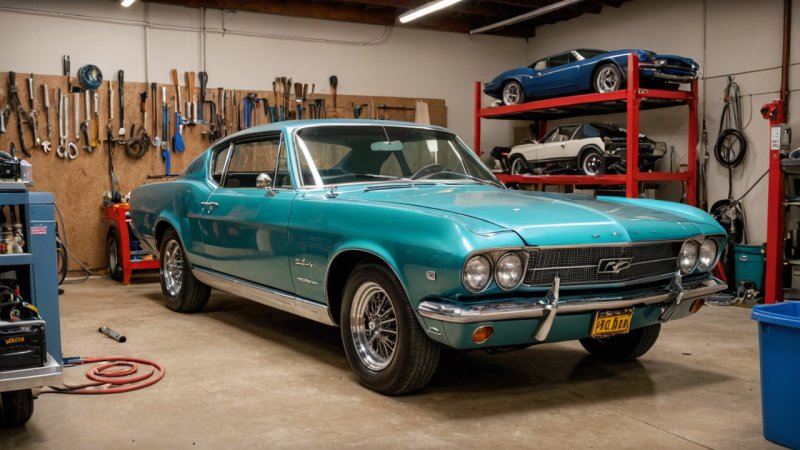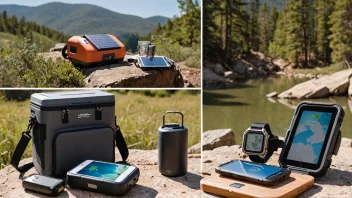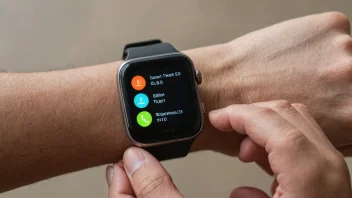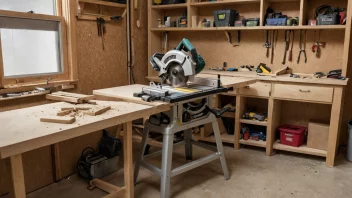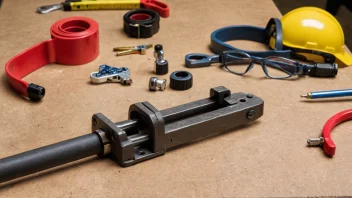Car restoration is more than just a hobby; it's a passion for many men who appreciate the beauty of classic automobiles. With technological advancements, restoring a car has become easier and more efficient. In this article, we will explore how technology can assist in your car restoration projects, ensuring that you not only revive a classic but also enhance the overall experience.
One of the first steps in any restoration project is proper planning and assessment. Using apps designed for project management can help you outline your goals, set deadlines, and track your progress. Tools like Trello or Asana allow you to create boards that visualize each stage of your restoration, from sourcing parts to final assembly.
Once you’ve planned your project, the next step is sourcing the right parts. Online marketplaces and forums dedicated to classic car enthusiasts can be invaluable. Websites like eBay Motors and Car-Part.com provide extensive listings of new and used parts, while forums allow you to connect with other restorers who might have leads on hard-to-find components.
When it comes to the actual restoration work, technology can significantly enhance your efficiency. For example, digital torque wrenches provide precise measurements, ensuring that all bolts are tightened to the manufacturer's specifications. This helps prevent future mechanical issues and ensures the integrity of your restoration.
Additionally, using a bore scope can help you inspect engine internals or hard-to-reach areas without disassembling large components. These devices connect to your smartphone or tablet, allowing for real-time viewing and recording. This capability can save hours of guesswork and can be critical for assessing the condition of components before making decisions about repairs or replacements.
In the realm of painting and finishing, technology has also made great strides. Digital paint meters help you achieve the perfect paint thickness, ensuring a professional finish. Furthermore, paint matching apps can analyze existing colors on your vehicle and suggest the closest match available, which is especially useful for restorations requiring a factory finish.
For those looking to modernize their classic cars, integrating smart technology can enhance the driving experience. Adding features such as Bluetooth audio systems, GPS navigation, and even modern fuel injection systems can bring older vehicles into the 21st century without compromising their classic charm.
Finally, documenting your restoration journey can be a rewarding way to share your passion with others. Using social media platforms or dedicated blogs can help you connect with fellow enthusiasts, showcase your progress, and even receive helpful tips from a community that shares your interests.
In conclusion, technology plays a vital role in the world of car restoration. From planning and sourcing parts to executing detailed work and modernizing your classic vehicle, leveraging technology can simplify processes and enhance the overall experience. Embrace the tools and resources available, and you’ll find that restoring a classic car can be as exhilarating as driving it.
